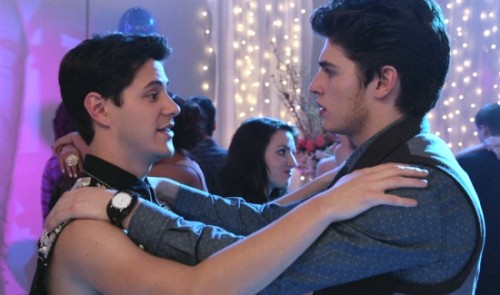Written by Max Thornton.
Outland is a little-known but hilarious Australian miniseries about five gay nerds in Melbourne. The six half-hour episodes aired on the Australian Broadcasting Corporation in 2012. Each of the first five focuses on a different member of the group, as each takes his or her turn hosting their sci-fi movie-watching club and nothing goes according to plan.

First there’s Max. Max is the closest thing this show has to the everyman character, the Ted Mosby or Jim Halpert – but this is a show about queer nerds, so he’s a gay science fiction enthusiast with an anxiety disorder. As far as I’m concerned, this makes him far more relatable than the Mosbys and Halperts of the televisual landscape.
The excellent second episode focuses on Rae, who is coping with the aftermath of her breakup from her girlfriend, Simone. Max voices his sympathy for Rae’s situation as a lesbian of color in a wheelchair: “Black, gay, and disabled – it’s like a discrimination trifecta.” She responds by quoting James Baldwin and then agreeing to have a nude photo of her displayed in an art exhibit. Rae is the literal best.
Then there’s Andy, the openly kinky one. As his friends try to get him down from his ceiling harness (this is a sitcom), Andy expounds upon the connection between his two favorite hobbies: “Science fiction and sex: they’re two sides of the same coin. Exploration, adventure, discovery…” In the DVD special features, writers John Richards and Adam Richard make it clear that this isn’t wholly a joke. There’s a thematic throughline undergirding the whole series which draws parallels between geekdom and queerness, from Max loudly “coming out of two closets” to the whole gang narrowly avoiding a queerbashing as they cosplay on their way to Pride. Being queer and being a nerd are two ways of being outside of the mainstream, and forming countercultural communities are a (perhaps the) major way for outsiders to survive.

Fab is probably the most stereotypically gay character. He’s a flaming queen, he’s delightfully bitchy, he has tragically flamboyant fashion sense, and he lives with his nan. This is a great way for the writers to sneak in a bit of social commentary – when the others are creeped out by being around an old person, Andy points out, “You’re only saying that because we’ve been conditioned to believe that aging is the worst thing that can happen to a gay man.”
The last member of the gang is Toby. Poor Toby, whom nobody likes. Toby is an uptight rich kid who’s sure nobody outside of the group knows about his obvious queerness. His episode has songs and dancing and is totally amazing.
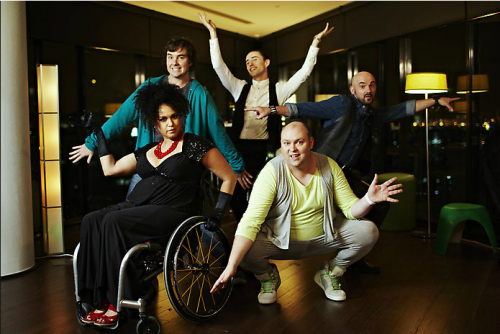
In the final episode, the splintered gang tries to overcome their assorted squabbles and neuroses to reunite for Pride. As a frustrated Max says, “All I wanted was a group where I could fancy the guy from Farscape without anyone making a big deal out of it!” Ultimately it’s the external threat that brings them back together, as the nerds realize that, as dysfunctional as their little group is, it’s a community that serves their needs in a hostile world.
Outland has been called “a gay answer to The Big Bang Theory,” but I don’t think this description does it justice. The Big Bang Theory has (or had, when I last watched it, which was admittedly several years ago now) a palpable contempt for its characters, and concomitantly for the nerd culture it purports to portray. Outland, on the other hand, comes from a genuine place of affection for its characters and their geeky pastimes. This is evident in a wonderful subtlety of Outland, which is that its nerds have overlapping but distinct nerdy interests. Toby is the one who collects figurines; Max is the one who owns a Dalek suit; Rae is the one who’s into gender politics and Ursula LeGuin (obviously). This entirely reflects my experience with sci-fi club: we all loved science fiction and fantasy, we were all conversant in the obvious stuff, but everyone had their niche – Tim was our Middle-Earth expert, Michael knew everything there was to know about comic books, Heda was a Star Wars extended universe obsessive. (I was the go-to guy for zombies and B-movies.) Over the nearly 100 episodes of Big Bang I saw, I don’t recall ever seeing the specific interests of Howard, Leonard, Raj, and Sheldon being so well delineated as the Outland crew’s in six. This is nowhere better illustrated than in the group’s cosplay effort, where the interests and personality of each character shine in each specific iteration of the same costume.
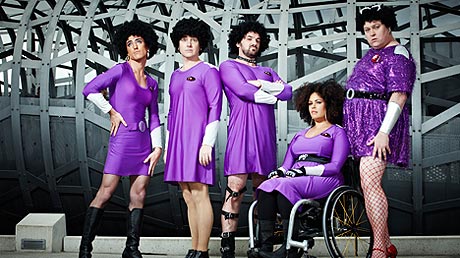
Outland is broader and less nuanced than Spaced (oh, Spaced, will anything ever match your brilliance?), but it’s perhaps the closest thing we have to a queer Spaced. It’s unfortunately lacking in female characters; episode 2 is the only one that passes the Bechdel test, and you almost wonder if there’s self-awareness in making Rae do triple duty as the proverbial black disabled lesbian – oh, hell, can we just see a spinoff that follows Simone’s splinter group, the Lesbian Separatist Feminist Fantasy League?
Until the day we see a specifically lesbian and/or trans nerd sitcom, though, Outland is a delightful and very funny show (even if it can, alas, only be imported at great expense in the wrong DVD region).
___________________________________
Max Thornton blogs at Gay Christian Geek, tumbles as trans substantial, and is slowly learning to twitter at @RainicornMax. He’d like to thank his friend Gary for hooking him up with the Outland DVD.
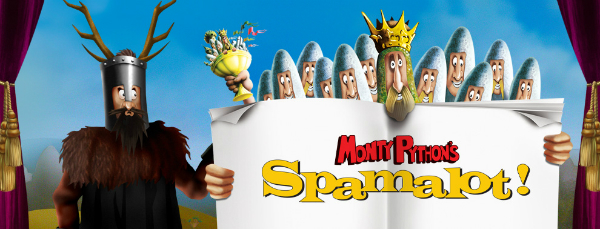
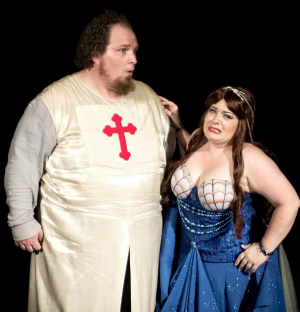

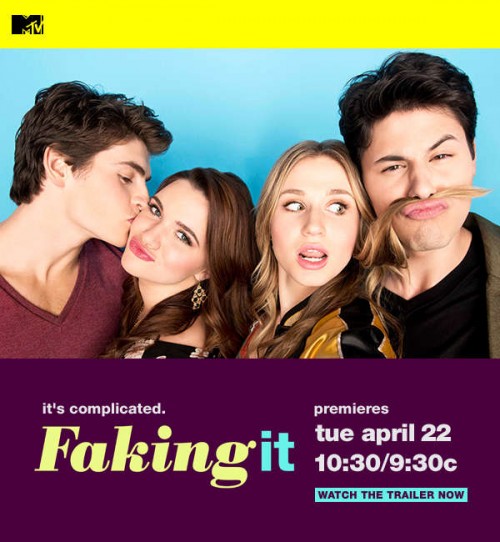
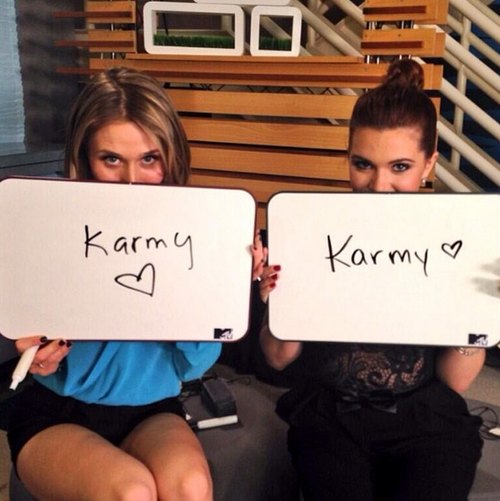
![The butch one??? [image credit: MTV]](https://btchflcks.com/wp-content/uploads/2014/06/faking-it-rita-volk-e1404142947986.png)
